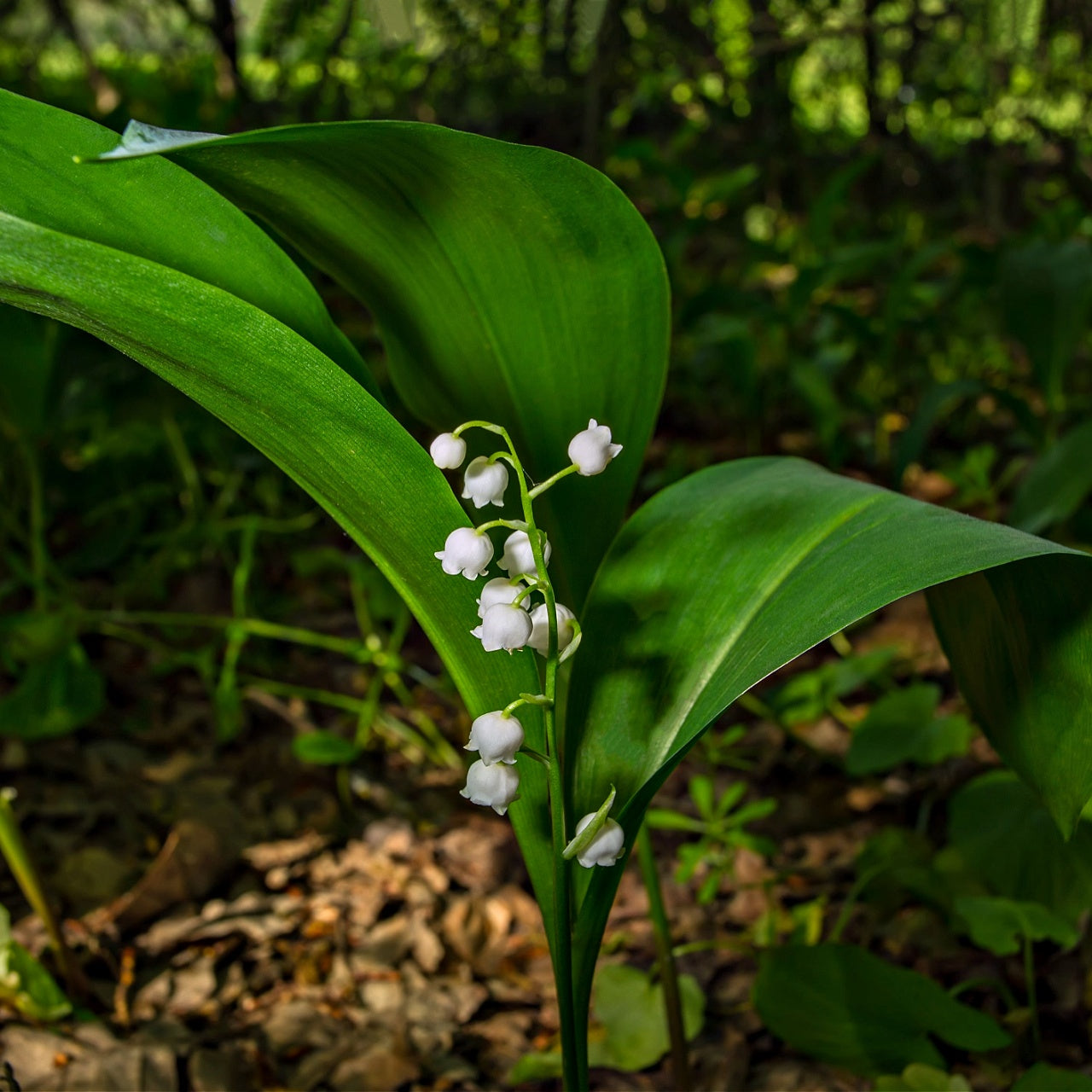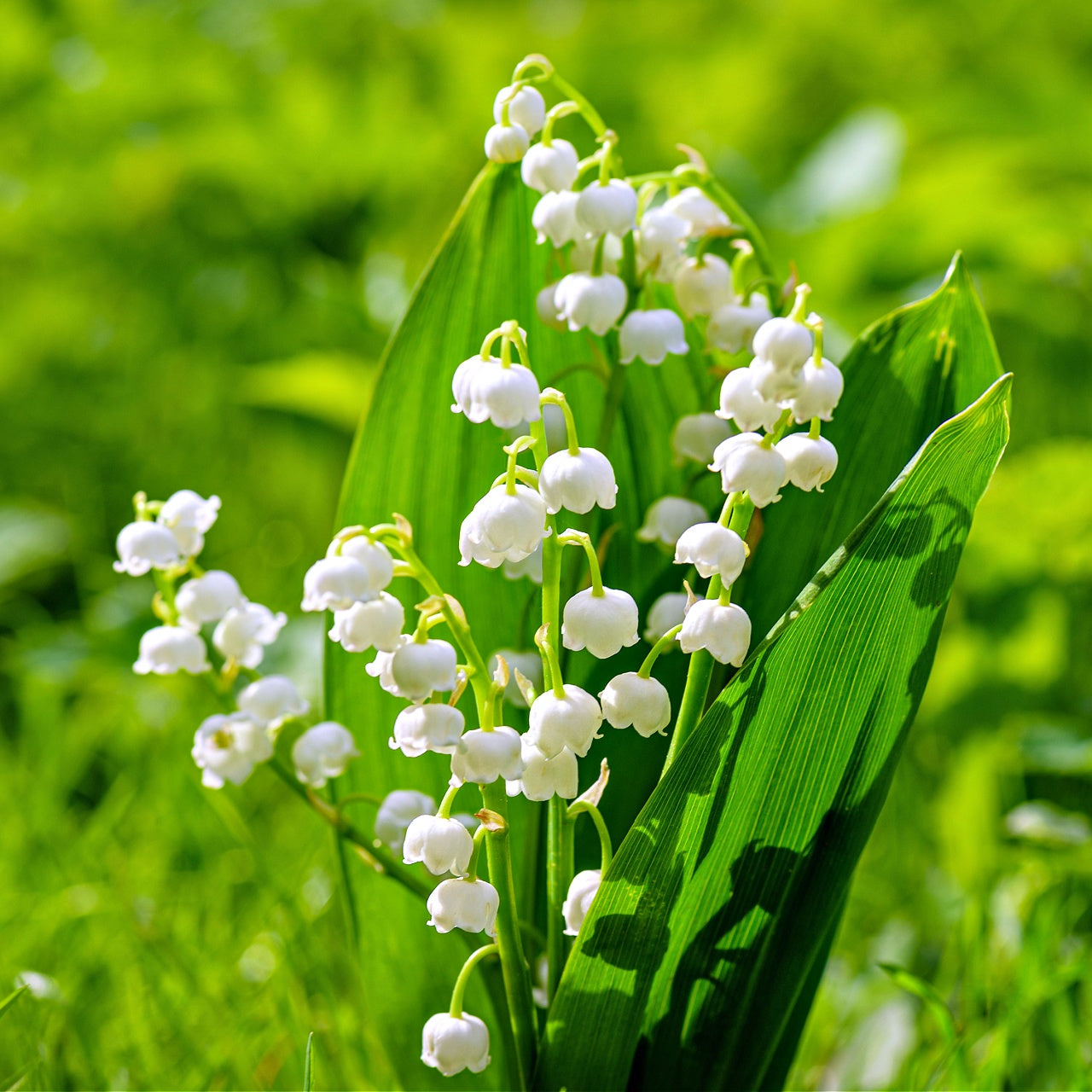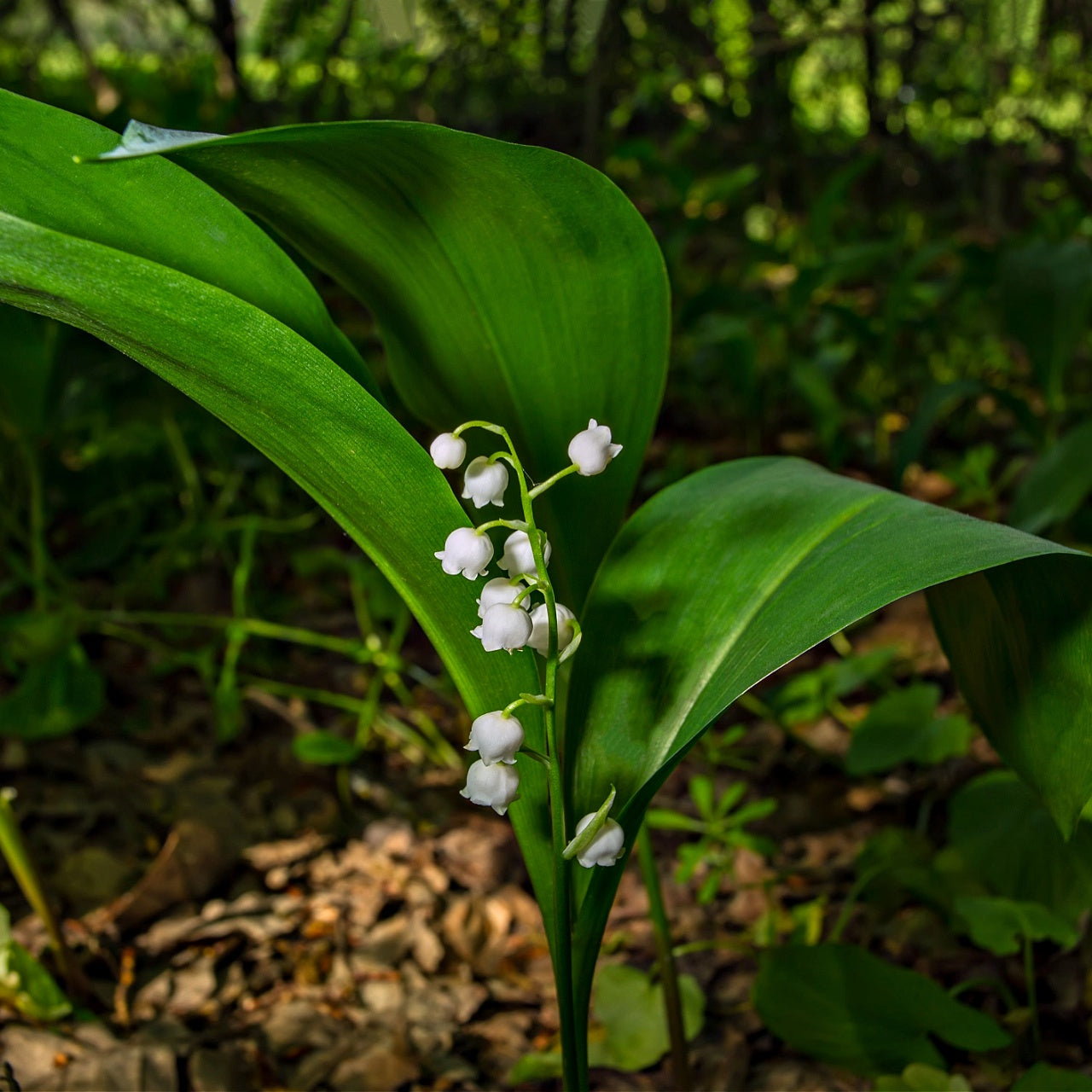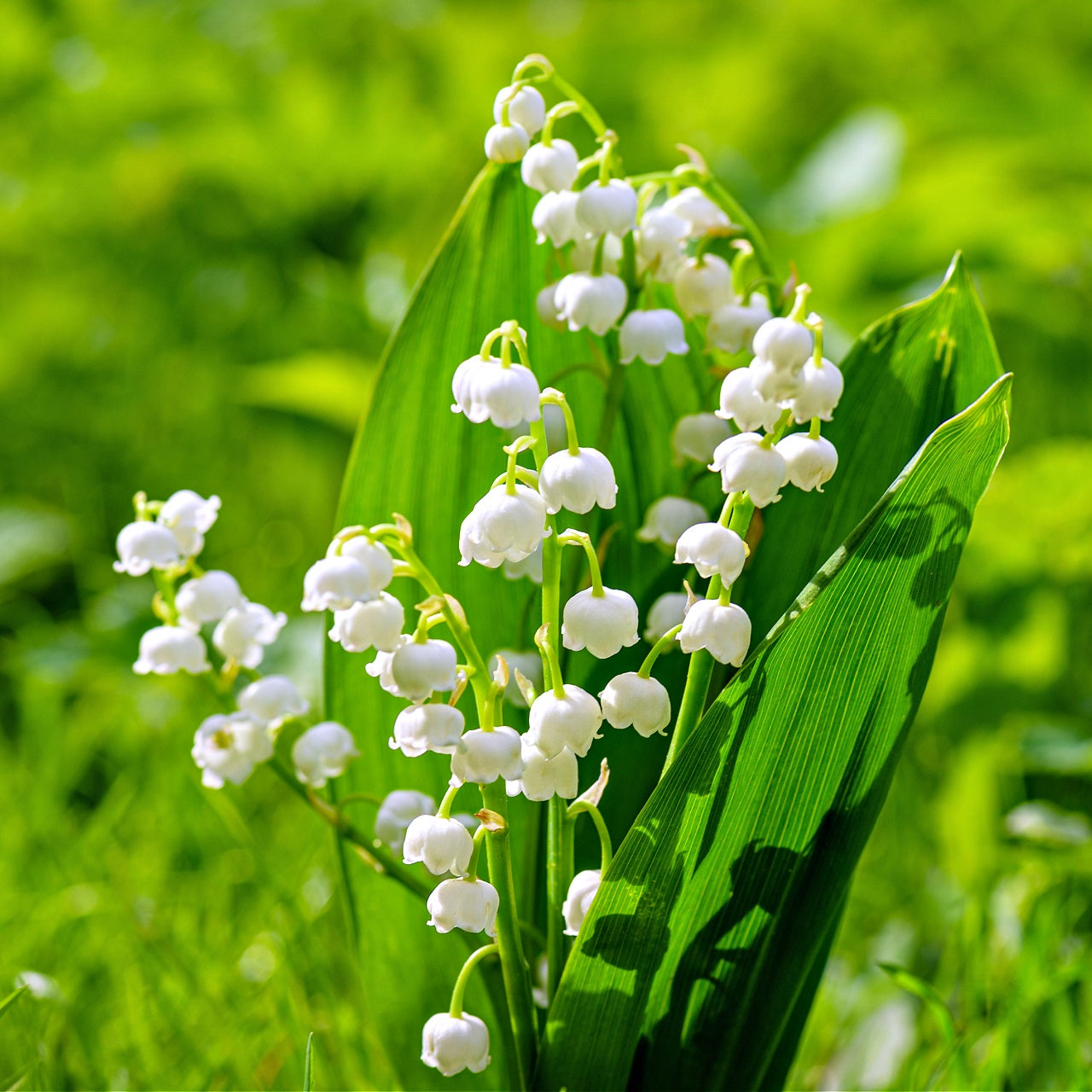Lily Of The Valley Plants
Lily Of The Valley Plants
Couldn't load pickup availability
Exposure
Sun or ShadeHeight at Maturity
Under 12 InchesUsage
Flower GardensShipped As
Bare-rootShips
NowPlanting Zones
3-9Lily Of The Valley Plants
Lily of the Valley plants are a perennial native to North American conifer forested regions. More specifically, Canada, British Columbia, and mainly northern regions of the United States have also been discovered along the Appalachian Mountain chain as far south as Georgia. It flourishes under deciduous and evergreen trees alike.
It is also known as Convallaria majalis. This type originates in Europe and Asia and has dark green leaves, small bell-shaped flowers, and a sweet scent. The stems are formed in the summer and grown throughout the spring, 15-30 cm tall, with leaves as long as 10-25 cm long. It has white flowers that can sometimes be pink and bell-shaped.
Lily of the Valley Plants Are Believed To Be Only Native To The U.S.
These are not found in the Mediterranean or Atlantic areas. It is debatable when it began in the Eastern United States. It is a partial shade type that prefers warm climates and summers. It can live in the mountains to a maximum altitude and is considered an herbaceous perennial.
It is grown in humus-rich, sandy, or silty soil that is acidic to moderately alkaline. The more mature ones reach a height of 23cm and can spread up to 30cm. Their broad coverage allows them to grow beneath plants like roses, shrubs, or other garden areas.
Lily Of The Valley can live in a cold climate for many years. In the past, it was the primary source of green pigments. In wedding ceremonies, it symbolizes modesty, chastity, and purity. It blooms in May and can also be seen as the return of happiness during these times.
It Produces Berries That Birds Love
It is a small berry producer that attracts birds and rodents. Each one produces one to three leaves, which are oval in shape, stalkless, and notched at the base, contouring around the stalk in a semi-circular fashion. From late spring to summer, it produces clusters of star-shaped flowers, white sprouting above the leaves at the plant's apex. The flowers, of which there are approximately twelve to twenty per cluster, can be further described as having four tepals (A term used for the outer part of the flower when sepals and petals cannot be differentiated.) Four stamens are also present.
The flowers Fruit Holds 1 or 2 Seeds
The fruit itself is a small red berry which, when discovered in late spring to early summer, is mottled red and, when ripened by mid to late summer, is a darker red and, by some reports, more translucent. The berries are a source for various birds and rodents whose habitat is the forested regions where these grow.
Most found in one location are known as vegetative clones, meaning they multiply via budding instead of through a seed. Types with a single leaf have no fruiting structure to produce fruit and, therefore, seeds.
This Particular Has Many Look-A-Likes
The Lily of the Valley Plants has many monikers. It is also known as the Canadian Mayflower and the Canadian May Lily. Ironically, it is known as the False Lily Of The Valley and the more elegant label, the Two Leaved Solomonseal.
Share



Lily Of The Valley Plant
Very satisfied with my selection. Will be ordering again.
This little white flower was an excellent choice for my flower bed.
Ordered and received in the same week. Amazing.



